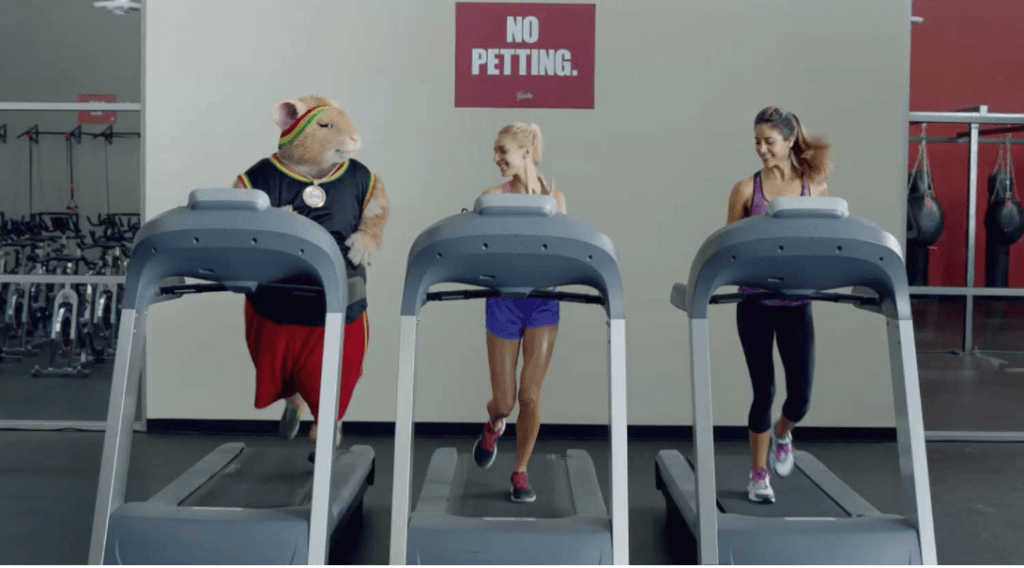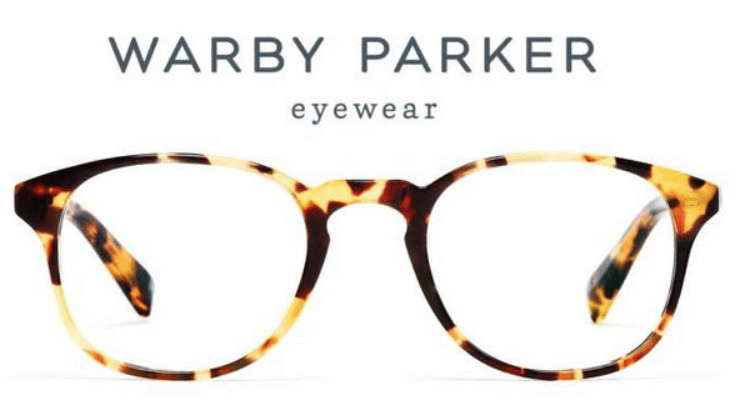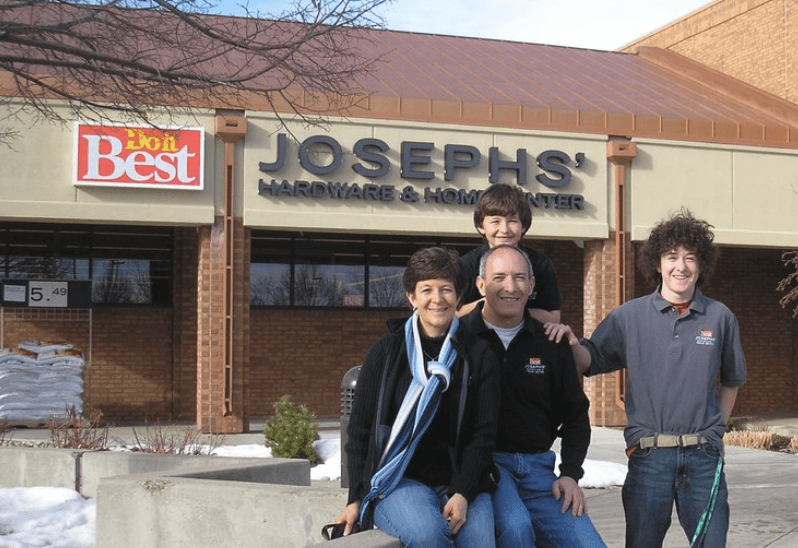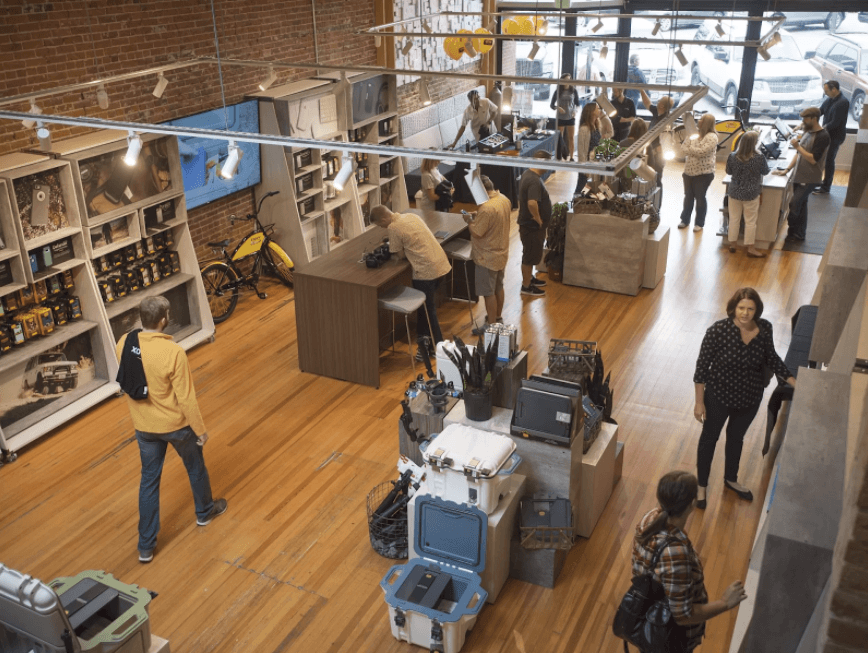Reading Time: 5 minutes
Are you delivering on your brand promise?
Spinning like a hamster at the gym, I was listening to How I Built This. The NPR podcast, hosted by Guy Raz, explores how some of the world’s best-known companies built their brands.
 With synapses firing, credit to my elevated heart rate, three brand experiences came to mind as successful examples of moving me through the path to purchase. Warby Parker, Otterbox, and Joseph’s Hardware, while in different industries and market sizes, provide a perspective of how to build a brand strategy that propels people from aware to advocates.
With synapses firing, credit to my elevated heart rate, three brand experiences came to mind as successful examples of moving me through the path to purchase. Warby Parker, Otterbox, and Joseph’s Hardware, while in different industries and market sizes, provide a perspective of how to build a brand strategy that propels people from aware to advocates.
 You’ll find slight variations on the phases of a consumer decision journey funnel. Essentially, consumers start at the top with a set of potential brands, and methodically reduce that number through the stages of consideration and preference to make a purchase. Many business plans stop at purchase, missing the crucial loyalty and ambassador phases.
You’ll find slight variations on the phases of a consumer decision journey funnel. Essentially, consumers start at the top with a set of potential brands, and methodically reduce that number through the stages of consideration and preference to make a purchase. Many business plans stop at purchase, missing the crucial loyalty and ambassador phases.
“Acquiring a new customer is anywhere from five to 25 times more expensive than retaining an existing one,” said Amy Gallo in her Harvard Business Review piece. Client nurturing is often neglected when commissions are based only on new sales. (Get retention tips here.)
Experience: seamless, consistent, and easy
One podcast featured Warby Parker, a brand of prescription eye and sunglasses that targets fashionistas and hipsters, selling primarily online. What caught my interest was that they were founded on two main objectives. 1. “designer eyewear at a revolutionary price,” and 2. lead “the way for socially conscious businesses.” They accomplish the latter through their Buy a Pair, Give a Pair program, providing glasses to people in over 50 countries that don’t have access to them. Warby has distributed over 3 million pairs to date.
 Intrigued by their brand promise of “the easiest way to buy glasses online” and the need to update my ancient rims, I placed an order. The experience was simple, clear, and enjoyable. You pick five frames to try on at home and Warby ships them, free in both directions. Once you’ve settled on a frame, you can quickly snap a photo of your prescription and automatically size-up your pupil distance via an app or webcam for the right fit. That’s it. Click submit. Any reluctance to buy online is removed with a 30-day, “hassle-free” return policy. And, the $99 entry-point reduces the cost barrier.
Intrigued by their brand promise of “the easiest way to buy glasses online” and the need to update my ancient rims, I placed an order. The experience was simple, clear, and enjoyable. You pick five frames to try on at home and Warby ships them, free in both directions. Once you’ve settled on a frame, you can quickly snap a photo of your prescription and automatically size-up your pupil distance via an app or webcam for the right fit. That’s it. Click submit. Any reluctance to buy online is removed with a 30-day, “hassle-free” return policy. And, the $99 entry-point reduces the cost barrier.
About a week later my specs arrived. If you’ve purchased an Apple product, it’s a similar brand experience – minimalist design and sleek packaging. You feel cool just opening the box. Like Apple transcended the computer category into a lifestyle brand, Warby has shifted the degrading “four eyes” perception of glasses into a prestigious accessory. And quite shrewdly, one of their primary targets are millennials and kids, as seen in their branding.
Warby is disciplined, conveying consistent brand signals throughout the entire process, from their website to packaging to email communications. Contrast an established chain like Pearle Vision, acceptable, but expressing nothing unique. Warby disrupts the status quo. As a result, they’ve attracted a niche segment of spectacle wearers.
Dedicated customer service builds advocates
 Joseph’s Hardware & Home Center in Fort Collins, CO.
Joseph’s Hardware & Home Center in Fort Collins, CO.
Walking into Joseph’s Hardware & Home Center, I was greeted by two employees ready to serve. The non-verbal read that they were competing to help me. Commission-based I thought. The senior of the two won the round. I placed my broken bolt in his hand and he eye-balled the measurement with pinpoint accuracy finding my replacement hardware in seconds. I paid 49 cents and was on my way, just two minutes after arriving.
Joseph’s brand promise is centered on customer service. The shockingly hospitable employees speak to the owner’s intentional hiring and training practices. And, they don’t compete on price. If cost was my motivating force I would have driven an extra 20 minutes to Home Depot. There, it would take more time to park then my entire visit at Joseph’s. I would then frustratingly weave a labyrinth of aisles in a 100,000 square foot store, searching for my bolt, which typically is packaged in bulk, even when I only need one. And, if I’m really lucky, I might even find an overworked staff member.
Overall, big-ticket items like lumber and machinery are less expensive at big box stores. Their strategy is winning the commodity game, and so, their brand is not built on service. Understanding who you are appealing to and what problem you can solve is essential in forming your brand strategy. That’s why taking time to identify segments and build personas will yield superior long-term results than jumping directly to tactics. I’ll pay a premium for the value Joseph’s offer. They won my business by providing what’s important to me, time. Such an experience quickly moved me along the purchase journey from awareness of the business to an advocate. (Learn how to identify and communicate with your top target group.)
Empowering employees to exceed expectations

Otterbox’s retail store in Fort Collins, CO. © The Coloradoan.
If you’ve never dropped your phone, kudos. With a five-year-old in my home, a sturdy case is essential. I can’t blame him entirely as I did drop and miraculously find my iPhone in a 2,000-foot scree field in the eastern Sierra Nevada. No matter how well built, a protective case can tolerate only so much trauma.
I’m not one to abuse return policies when I’m at fault. I happen to be cruising past Otterbox’s retail location so I popped in to look at replacements. After pleasantries with the personnel, he said: “let’s exchange that at no cost.” There was no run-around about receipts, despite my case’s age clearly out of warranty. Unexpected, unsolicited, and an overwhelmingly positive experience with the Otter brand.
Compare my encounter to a cell phone chain. After getting carpal-tunnel from signing a volume of contracts, the service will be more like that of the greasy teen with the cracking voice from the Simpsons. Employees at many large brands have no allowance to customize their tightly regimented scripts. And, service suffers.
On the other hand, Otter made a strategic decision to foster a loyal following by absorbing return and replacement costs and empowering their employees to provide a concierge level of service. In this instance, they prioritize building brand equity over the bottom line. After my experience, why would I consider any other brand’s case for my next device? As the industry’s leading defender of arguably one’s most prized possessions, the cell phone, Otter’s reputation depends on consumers seeing that their product delivers on their brand promise – rugged, durable, and drop-resistant. Consumer’s walking around with cracked cases would diminish this perception.
–
When reviewing your business plan and the supporting brand strategy, look beyond the prize of purchase, and plan how to create unique value at every stage of the buying funnel. Test your funnel with early adopters, iterate on findings, and expand to the majority. You’ll sculpt your value proposition to solve customers’ problems or enhance their situation. This could be customer service, quality, accessibility, convenience, or price. Do this well and you’ll build a legion of brand ambassadors, ultimately lifting your sales.
You might also like my previous post – 8 eye-opening tips about hiring photographers
